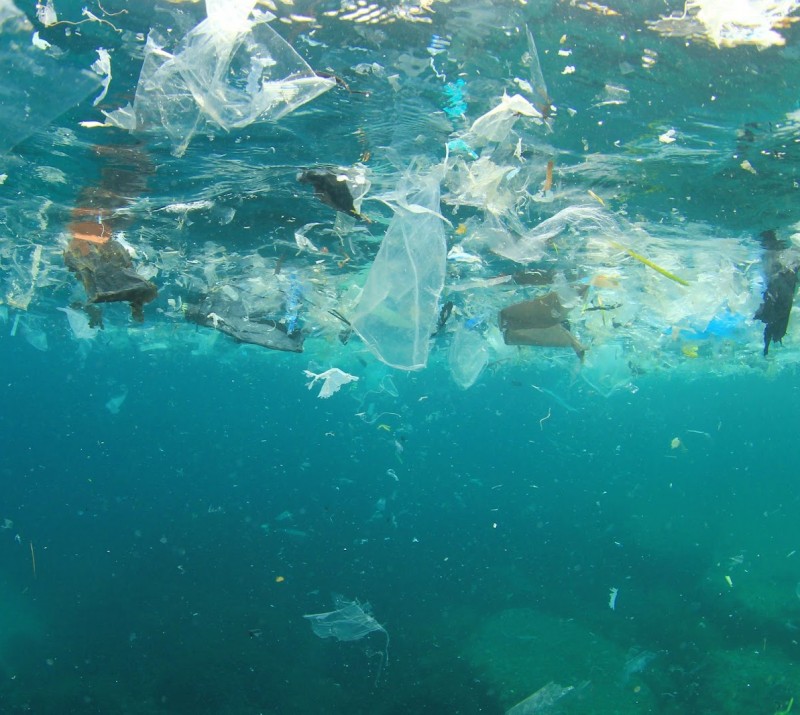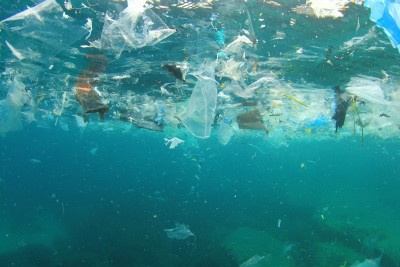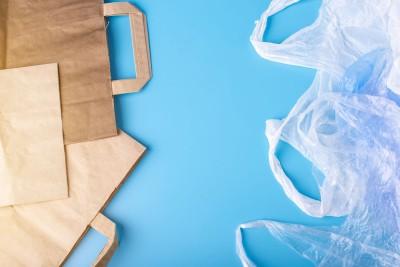10 Facts About Plastic Pollution That You Need to Know

Undoubtedly, you have seen countless headlines stating the sheer quantity of plastic that is entering our environment – around 400 million tonnes per year. While it is often discussed that this is bad for wildlife, you might not be aware that it poses a significant threat to human health, too.
In the following guide, the drainage experts at Lanes Group outline ten facts about plastic pollution that are less commonly known, but that are essential to grasp the seriousness of the state that the earth is in due to plastic pollution. Read more to better understand some of the key causes and dangers of plastic pollution and how it is created.
1 – Plastic breaks down into microplastics
A common misconception about plastic is that it does not degrade. While it is certainly true that a larger item of plastic may take hundreds, if not thousands of years to break down, plastic does degrade over time. This leads to a further problem, however; microplastics are microscopic shards of plastic that break away from larger chunks of plastic as they are buffeted by the natural world. These tiny particles can appear as shards and are impossible to reliably remove from many of the areas they end up in, such as the sea or animals’ digestive systems.
Due to the size of microplastics, they are very easily ingested by humans, and microplastics have been found in human blood, and even in the placentas of unborn babies.

2 – There are two types of microplastics
Microplastics can be split into two categories, which determine where the microplastic comes from and how it is produced. Primary microplastics are produced intentionally in manufacturing processes. The UK has banned the usage of plastic microbeads in personal care products and cosmetics, but these only represent a small percentage of those released into the world’s oceans, and there are still other primary microplastics used in manufacturing processes in the UK that need to be targeted.
The other type of microplastic is secondary microplastic. Secondary microplastics are created when larger plastic items degrade, as discussed in point one. These are the most common forms of microplastic, and action must be taken to limit single-use plastic packaging, which is the main source of most microplastic in the ocean.
3 – Even biodegradable plastic creates microplastic pollution
Plastic bags that are marketed as ‘biodegradable’ are not as environmentally friendly as you might think. While the bags may degrade faster after use, they still create microplastic pollution as they do. Instead, use reusable paper or canvas bags that properly biodegrade once they are no longer in use.
4 – Washing clothes is one of the largest contributors to plastic pollution in the sea
Many affordable clothes are made using plastic microfibre blends that are cheap to make but quick to degrade. Microfibres easily break away from items of clothing and can end up in the outside world, and even your food.
One of the most common ways for microfibres to spread is through washing machines. As plastic-blended clothes tumble, they decay. The separated fibres are then drained out of the washing machine and end up in rivers and the ocean.
To limit the spread of microfibres through doing your laundry, you can wash your clothes in a microfibre bag that will catch the fibres before they exit the drain. Lanes Group is petitioning the UK government to mandate that washing machine manufacturers be required to install microfibre filters in all new washing machines, and retroactively fit them to old machines.
5 – Many items contain small amounts of plastic
Many items contribute to plastic pollution that you would not expect, such as sanitary products like wet wipes and cotton wool pads. Other items that have been found to frequently contain microplastics include:
- Cigarettes
- Bottled water and other drinks in plastic bottles, or with plastic stoppers
- Teabags
- Canned food
- Sea salt
- Glitter
- Seafood
In many cases, this plastic is consumed by humans and is then lodged in the digestive system.
6 – Microplastic pollution has been found in the most remote places on Earth
From the Arctic Circle to the top of Mount Everest, microplastic samples have been discovered by scientists in some of the most remote places in the world. Samples taken from the Mariana Trench – the deepest part of the ocean – have revealed plastic pollution. This evidence shows how quickly and easily plastic pollution spreads, and can only lead us to guess how quickly the Earth’s remaining natural zones are going to become contaminated.

7 – There are four types of plastic that can be recycled
Despite the labels on the packaging, most plastic items are not actually able to be recycled. Recyclable plastic items account for about 8% of all plastic that is produced, and these can be grouped into four different categories:
- Type 1 PET (common in food and beverage packaging)
- Type 2 HDPE (used for soap, shampoo and detergent bottles)
- Type 4 LDPE (found in squeeze bottles, caps and closures)
- Type 5 PP (used to make toys and may car parts)
If your plastic packaging does not belong to one of these categories of plastic, it will most likely not be recycled.
8 – Plastic bags are illegal in some countries
Bangladesh was the first country in the world to completely ban the use of plastic bags, with Kenya following shortly after. In Kenya, someone found to be using or selling a plastic bag can be imprisoned for four years and fined the equivalent of £31,000.
While plastic bags are still widely used in the UK, most retailers are required to charge a fee for the sale of new plastic bags. However, this only partially solves the problem, as even the use of plastic bags can spread microplastic pollution.

9 – Dangerous microbes thrive on plastic waste
One of the most worrying facts about plastic pollution is that human antigens thrive on it. This raises concerns about what happens when humans come into contact with plastic, or ingest it; for microbes living on microplastic that has been lodged in the human digestive system, this could have serious health consequences. The same can be said for animals.
10 – Not enough is being done to combat plastic pollution
While there is little evidence to suggest exactly how dangerous microplastic is, we can assume that never-decaying shards of microbe-breeding waste getting trapped in our bodies is not going to be good. Lanes Group’s Microplastics Out of Our Drains (MOOD) campaign aims to push our government and institutions to do more to investigate the extent and effects of plastic pollution.
Currently, UK law does not go far enough to limit the spread of microplastics. While some primary microplastics have been banned in the UK, those only make up 2% of the total microplastic waste that enters our seas. The UK’s rules also only apply to primary microplastics, which ignores all of the single-use plastic pollution currently floating in the ocean. Instead, the UK should match the EU’s proposed microplastic ban, which covers all primary microplastics, and our water institutions must monitor our waterways more closely to limit the spread of microplastics into the ocean.
We want the UK government to mandate that washing machine manufacturers must install microplastic filters in all new machines, and retrofit them into old ones. Given how common plastic weave clothing is in the UK, this should be mandatory.
For more information about microplastic pollution and how you can do our part, visit our website and read about how we have been trying to help our country and planet.







